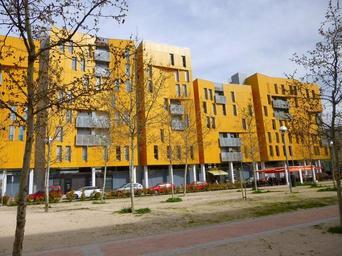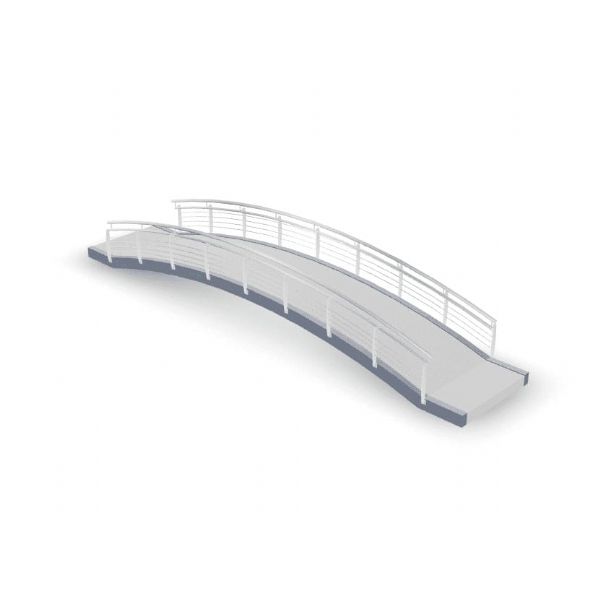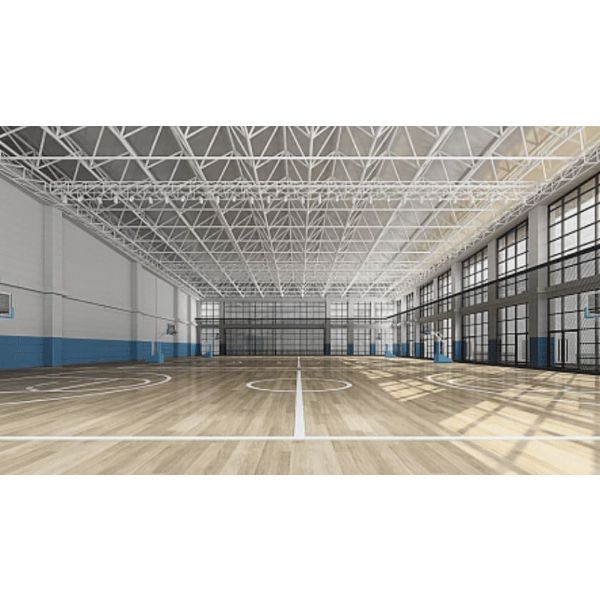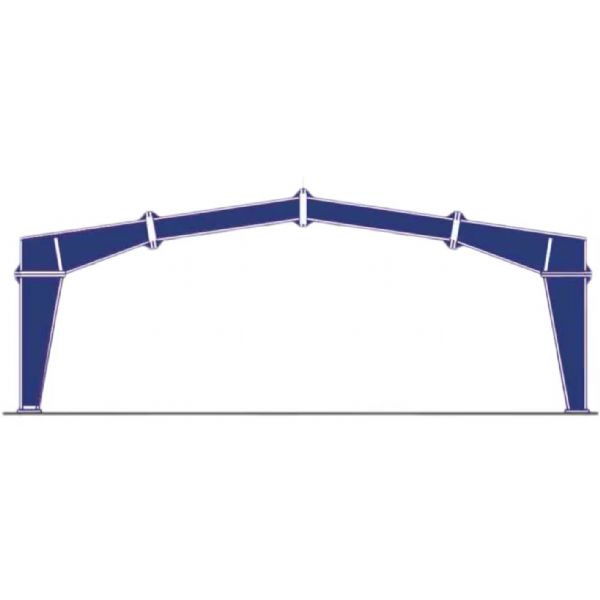As the global construction industry shifts toward environmental responsibility, metal buildings are becoming a cornerstone of green architecture. Combining strength, recyclability, and advanced design flexibility, metal structures align perfectly with eco-conscious trends and innovation. This article explores how modern metal buildings are driving the evolution of sustainable construction through technology, material efficiency, and long-term environmental value.
Understanding Green Construction
Definition and Core Principles
Green construction, also known as sustainable building, refers to the design, development, and operation of structures that minimize environmental impact throughout their lifecycle. Its core principles include efficient energy use, resource conservation, and the adoption of materials that promote sustainability. In this context, metal buildings embody the ideals of eco-conscious trends and innovation by using recyclable materials, modular systems, and energy-efficient components to reduce carbon footprints.
Growing Demand for Eco-Friendly Materials and Processes
With global awareness of climate change on the rise, developers and investors are prioritizing sustainable construction. The demand for eco-friendly materials—like recycled steel, low-VOC paints, and advanced insulation—is rapidly increasing. Governments and private sectors are adopting stricter environmental regulations, further accelerating the push for eco-conscious trends and innovation. Metal structures meet these needs through energy efficiency, reduced waste, and easy adaptability to renewable systems.
How Green Building Affects Long-Term Value
Beyond immediate environmental benefits, green buildings enhance property value and operational efficiency. They reduce energy bills, improve occupant health, and boost brand reputation. Investors are now more likely to fund projects that demonstrate measurable sustainability outcomes. Metal buildings, designed under eco-conscious trends and innovation, provide cost savings across decades, making them ideal for long-term commercial and industrial use.
Why Metal Buildings Support Sustainable Construction
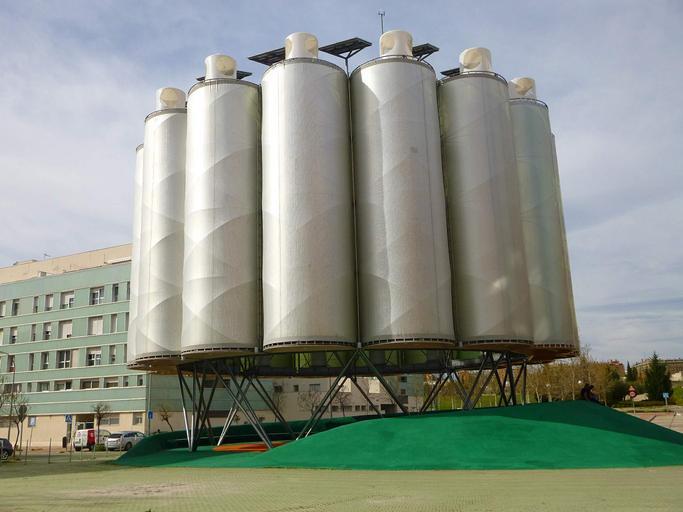
Steel structure buildings are increasingly recognized as a cornerstone of sustainable construction due to their unmatched combination of recyclability, energy efficiency, and long-term resilience. These structures exemplify how modern engineering principles can merge with eco-conscious trends and innovation to produce durable, environmentally responsible buildings that meet the demands of today’s green economy. By minimizing resource waste, reducing energy consumption, and extending structural lifespans, metal buildings have become one of the most forward-thinking solutions in sustainable design.
Recyclability of Steel and Metal Components
Closed-Loop Material Cycles
Steel is widely regarded as the world’s most recycled construction material — and for good reason. Nearly every piece of structural steel used in new construction can be melted down and reformed without losing any of its mechanical strength or performance characteristics. This remarkable quality supports a closed-loop material cycle, where resources are continuously reintroduced into the production chain rather than discarded. Such a process dramatically reduces the demand for virgin raw materials and lowers overall carbon emissions.
In today’s sustainability-driven marketplace, the closed-loop recyclability of steel aligns perfectly with eco-conscious trends and innovation. Manufacturing plants can utilize scrap metal collected from old buildings, cars, and appliances to create new beams, columns, and panels. This not only conserves energy but also reduces the ecological footprint of mining and smelting activities. Every ton of recycled steel saves approximately 1.1 tons of iron ore, 630 kilograms of coal, and 55 kilograms of limestone — an impressive testament to how circular material use promotes green growth.
Reduced Construction Waste
Traditional construction materials such as concrete, brick, or wood often produce significant on-site waste due to inaccurate cutting, breakage, or surplus material. In contrast, metal buildings are manufactured with high precision using computer-aided design (CAD) and computer numerical control (CNC) technology. Each component is fabricated in a controlled factory environment, pre-drilled, and ready for quick on-site assembly. This method drastically minimizes offcuts and packaging waste.
These efficiencies embody the very essence of eco-conscious trends and innovation by promoting industrial optimization and clean construction practices. Because the majority of the work is completed in the factory, construction sites stay cleaner, safer, and more efficient, reducing both time and environmental disturbance. Some modern facilities even recycle leftover steel shavings and production scraps directly back into the manufacturing process, achieving near-zero material loss — a true milestone in sustainable industrial engineering.
Energy Efficiency of Metal Buildings
Reflective Roofing and Insulation Systems
Energy efficiency is another major advantage of metal buildings. Modern metal roofing systems are engineered with reflective surfaces that deflect solar radiation rather than absorb it. These reflective coatings significantly reduce heat gain, maintaining cooler indoor temperatures during hot seasons and lessening the reliance on air conditioning. When paired with high-performance insulation systems such as rigid foam panels or insulated metal panels (IMPs), the result is superior thermal stability and consistent indoor comfort.
Such design strategies are a direct representation of eco-conscious trends and innovation. For instance, “cool roof” technologies used in metal buildings can reflect up to 85% of sunlight, effectively reducing the urban heat island effect. Combined with ventilated ridge systems and wall insulation, they optimize both passive and active energy performance. The net result is not only lower energy consumption but also reduced greenhouse gas emissions, contributing to more sustainable cities.
Lower Heating and Cooling Costs
The integration of reflective roofing, energy-efficient coatings, and optimized ventilation systems translates into tangible cost savings for building owners. Studies have shown that metal buildings can cut annual energy expenses by 20–40% compared to conventional concrete or wood structures. These savings are especially evident in large-scale applications such as warehouses, manufacturing plants, and logistics centers where climate control represents a significant portion of operational costs.
As part of eco-conscious trends and innovation, advanced thermal envelope designs and heat recovery systems further enhance efficiency. By reducing heating and cooling loads, these systems not only improve occupant comfort but also extend the lifespan of HVAC equipment. Ultimately, energy efficiency in metal buildings reflects a long-term return on investment, proving that environmental responsibility can coexist with financial prudence.
Durability and Long-Term Use
Extended Lifespan = Less Material Waste
Durability is one of the most defining features of metal construction. Unlike wood, which is prone to rot, or concrete, which may crack under thermal stress, steel structures maintain their integrity for decades. Properly designed and maintained metal buildings can last 50 years or more without major repairs or replacements. This longevity means fewer resources are consumed over time, reducing the total environmental burden of maintenance and reconstruction.
This concept of extended service life is a vital component of eco-conscious trends and innovation. The longer a structure lasts, the lower its lifecycle carbon footprint becomes. For example, industrial facilities built with galvanized steel frames require minimal refurbishment even after decades of heavy use. The ability to maintain functionality without frequent replacement reduces the demand for new materials, minimizes landfill contributions, and preserves valuable natural resources.
Minimal Maintenance and Fewer Repairs
Metal buildings require significantly less maintenance than their traditional counterparts. Advanced galvanization, powder coating, and anti-corrosive treatments shield the structure from moisture, rust, and environmental pollutants. These protective measures ensure that the building retains its strength and visual appeal over time while drastically reducing the need for repainting or structural intervention.
Minimal maintenance contributes directly to sustainability. Fewer repairs mean lower material consumption, less chemical usage (such as paints and solvents), and reduced transportation emissions associated with maintenance work. These practical benefits make metal buildings a leading example of how eco-conscious trends and innovation can be integrated into construction systems to achieve long-term ecological efficiency. Moreover, modern digital monitoring tools can now detect structural stress or coating deterioration early, allowing preventive maintenance with minimal disruption — another reflection of smart, sustainable construction practices.
In summary, the recyclability, energy efficiency, and durability of metal buildings form the backbone of sustainable construction. Each of these characteristics aligns with eco-conscious trends and innovation shaping the future of architecture and engineering. By embracing closed-loop recycling, minimizing waste, optimizing energy use, and ensuring decades of reliable service, metal buildings demonstrate that environmental stewardship and structural excellence can coexist seamlessly. This holistic approach makes them indispensable to the global movement toward a more sustainable and resource-efficient built environment.
Modern Innovations Enhancing Sustainability
Integration with Solar Power Systems
Modern metal roofs are ideal platforms for solar panels, enabling seamless integration with renewable energy systems. By supporting photovoltaic arrays, metal buildings become active energy producers, not just consumers. This synergy symbolizes eco-conscious trends and innovation at the intersection of material science and renewable technology.
Smart Building Technology for Efficiency Monitoring
IoT-based smart systems can track energy consumption, detect inefficiencies, and adjust internal environments automatically. Metal buildings, thanks to their modular wiring and structural flexibility, easily accommodate these digital tools. Data-driven management systems form a key element of eco-conscious trends and innovation by optimizing energy and resource use in real time.
Cool Roof Coatings and Eco-Friendly Paints
Advancements in surface coatings have introduced paints that reflect solar radiation while remaining toxin-free. These coatings enhance temperature regulation and indoor comfort without harming the environment. They are a tangible example of eco-conscious trends and innovation in both design aesthetics and functionality.
Modular and Prefab Options to Reduce On-Site Impact
Prefabricated and modular metal structures minimize on-site construction time, reduce noise, dust, and energy consumption. Factories produce components with precise tolerances, ensuring quick and clean assembly at the project location. Prefab efficiency epitomizes eco-conscious trends and innovation, transforming construction into a lean, waste-free process.
Metal Building Advantages for Green Certification
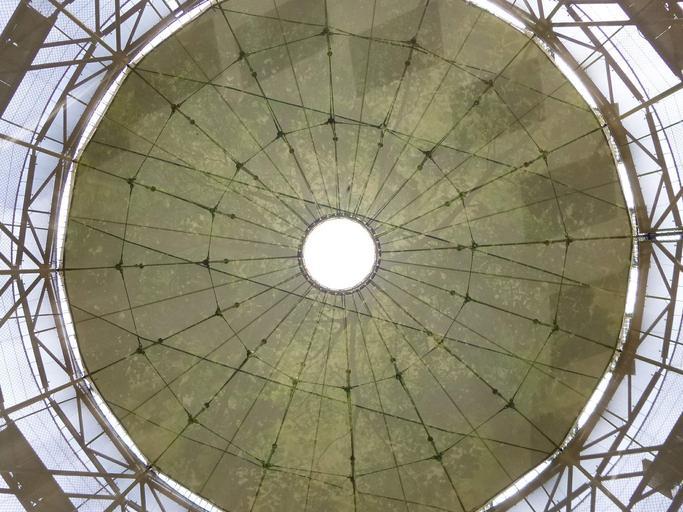
How Metal Structures Contribute to LEED Points
The LEED (Leadership in Energy and Environmental Design) certification system rewards projects that meet sustainability benchmarks. Metal buildings can score points in categories like material reuse, waste reduction, energy performance, and indoor air quality. These align directly with eco-conscious trends and innovation that define the next generation of building design.
Compliance with International Green Building Standards
From ISO 14001 environmental management systems to BREEAM and Green Globes, metal structures meet or exceed international benchmarks. They utilize renewable energy, reduce operational carbon, and support life-cycle efficiency—all consistent with eco-conscious trends and innovation shaping the global construction sector.
Meeting Net-Zero Energy Goals with Metal Design
Net-zero buildings aim to produce as much energy as they consume annually. Metal buildings facilitate this through insulation optimization, passive design, and renewable integration. These design choices embody eco-conscious trends and innovation that help nations reach their carbon neutrality targets.
Case Studies and Real-World Applications
Green Warehouses and Distribution Centers
Many logistics companies now choose metal buildings for their green warehouses due to energy efficiency and quick assembly. Advanced ventilation, LED lighting, and solar integration make these facilities models of eco-conscious trends and innovation in industrial operations.
Energy-Efficient Metal Homes
Residential architecture is also embracing steel frames and modular metal panels. These homes achieve superior thermal performance, lower construction costs, and sustainable aesthetics. As families and developers pursue greener living, eco-conscious trends and innovation continue to influence the design of modern metal homes worldwide.
Eco-Friendly Commercial and Industrial Buildings
From office complexes to factories, metal construction supports open spaces and natural lighting. With features like rainwater harvesting systems and smart HVAC integration, these buildings demonstrate the future of eco-conscious trends and innovation in practical, large-scale applications.
Challenges and Future Opportunities
Overcoming Misconceptions About Metal Construction
Despite their growing popularity, metal buildings still face misconceptions about aesthetics and comfort. However, new architectural coatings, modern facades, and hybrid materials are proving that sustainability doesn’t compromise beauty. Changing perceptions forms part of eco-conscious trends and innovation that merge design with environmental responsibility.
Adapting to New Environmental Regulations
As global regulations on emissions and material sourcing become more stringent, the construction industry must adapt quickly. Metal buildings are well-positioned to meet these evolving standards thanks to measurable environmental data and low life-cycle impacts—traits that are fundamental to eco-conscious trends and innovation.
The Role of AI and Automation in Sustainable Metal Building
Artificial intelligence and automation are revolutionizing steel manufacturing and construction management. Predictive algorithms optimize design layouts, material usage, and supply chains, minimizing waste. These technologies exemplify the next phase of eco-conscious trends and innovation that blend digital intelligence with physical sustainability.
Conclusion
Recap of Metal Building Advantages in Sustainability
Metal buildings provide unmatched advantages in recyclability, energy efficiency, and long-term performance. Their ability to adapt to new technologies positions them as leaders in sustainable architecture, aligning perfectly with eco-conscious trends and innovation driving the future of construction.
The Future Outlook: Innovation and Environmental Responsibility
Looking ahead, the combination of smart systems, renewable energy, and modular design will redefine the building landscape. Stakeholders across industries recognize that embracing eco-conscious trends and innovation is not only an environmental imperative but also a competitive advantage.
Why Metal Buildings Are Essential for a Greener Tomorrow
Metal structures represent the fusion of modern engineering and environmental ethics. They are durable, adaptable, and inherently sustainable. As the world seeks scalable solutions for responsible growth, the ongoing adoption of eco-conscious trends and innovation in metal building construction will play a pivotal role in shaping a greener, smarter, and more resilient future.

